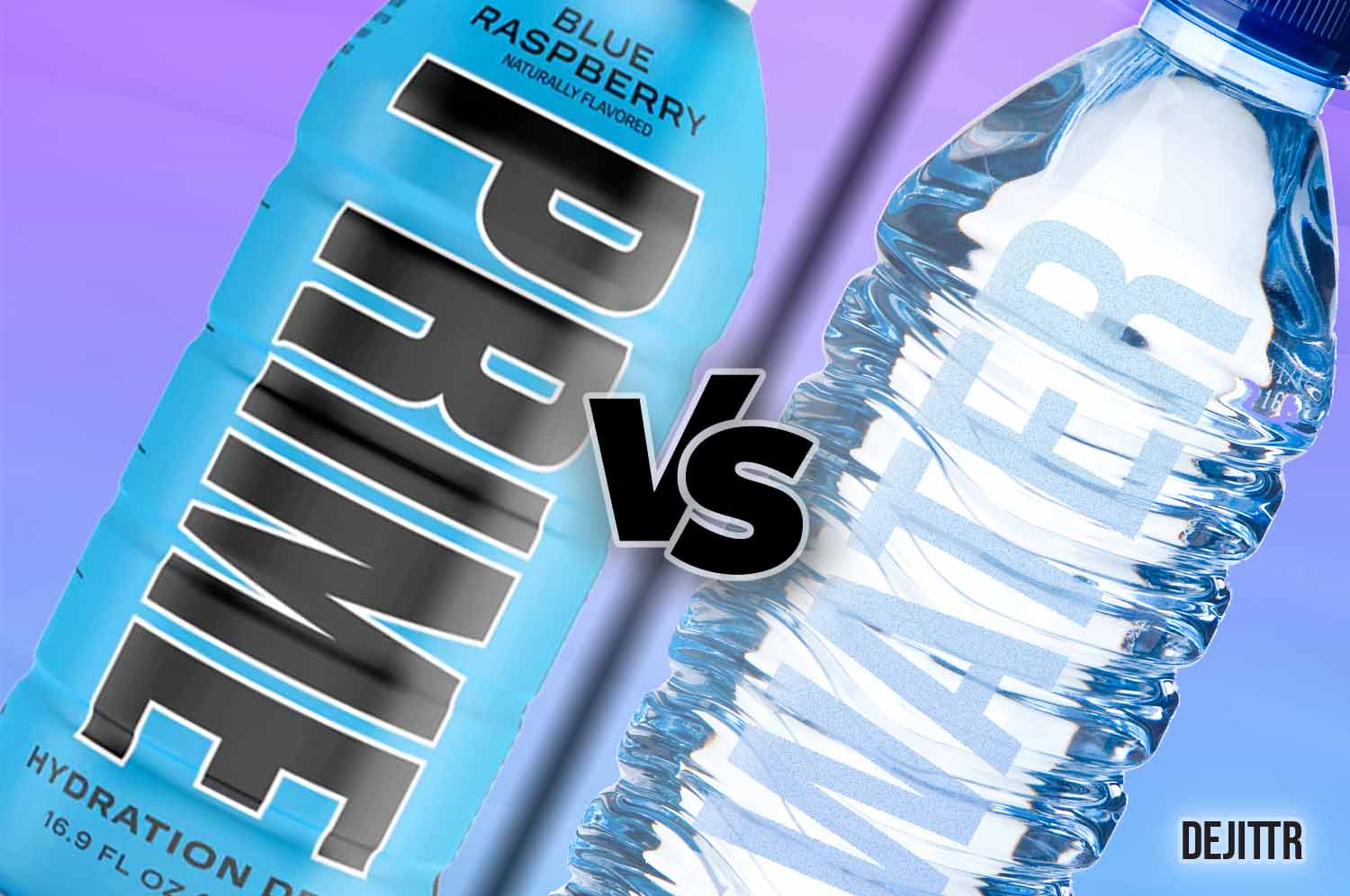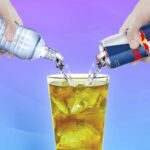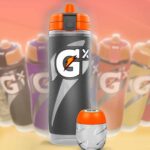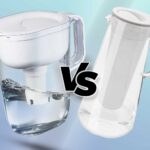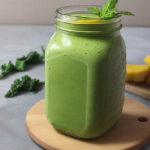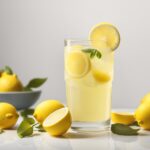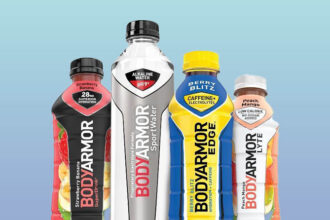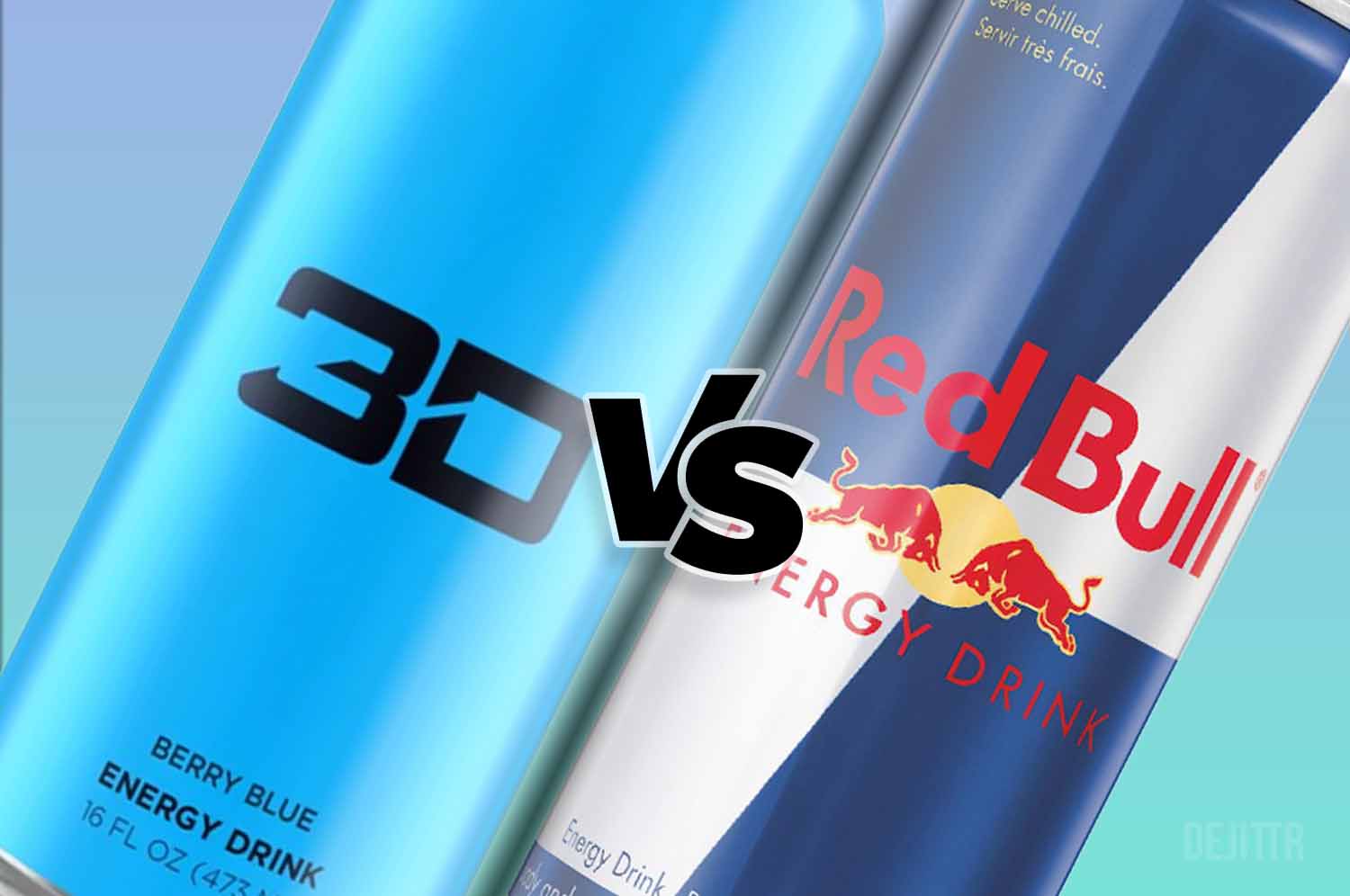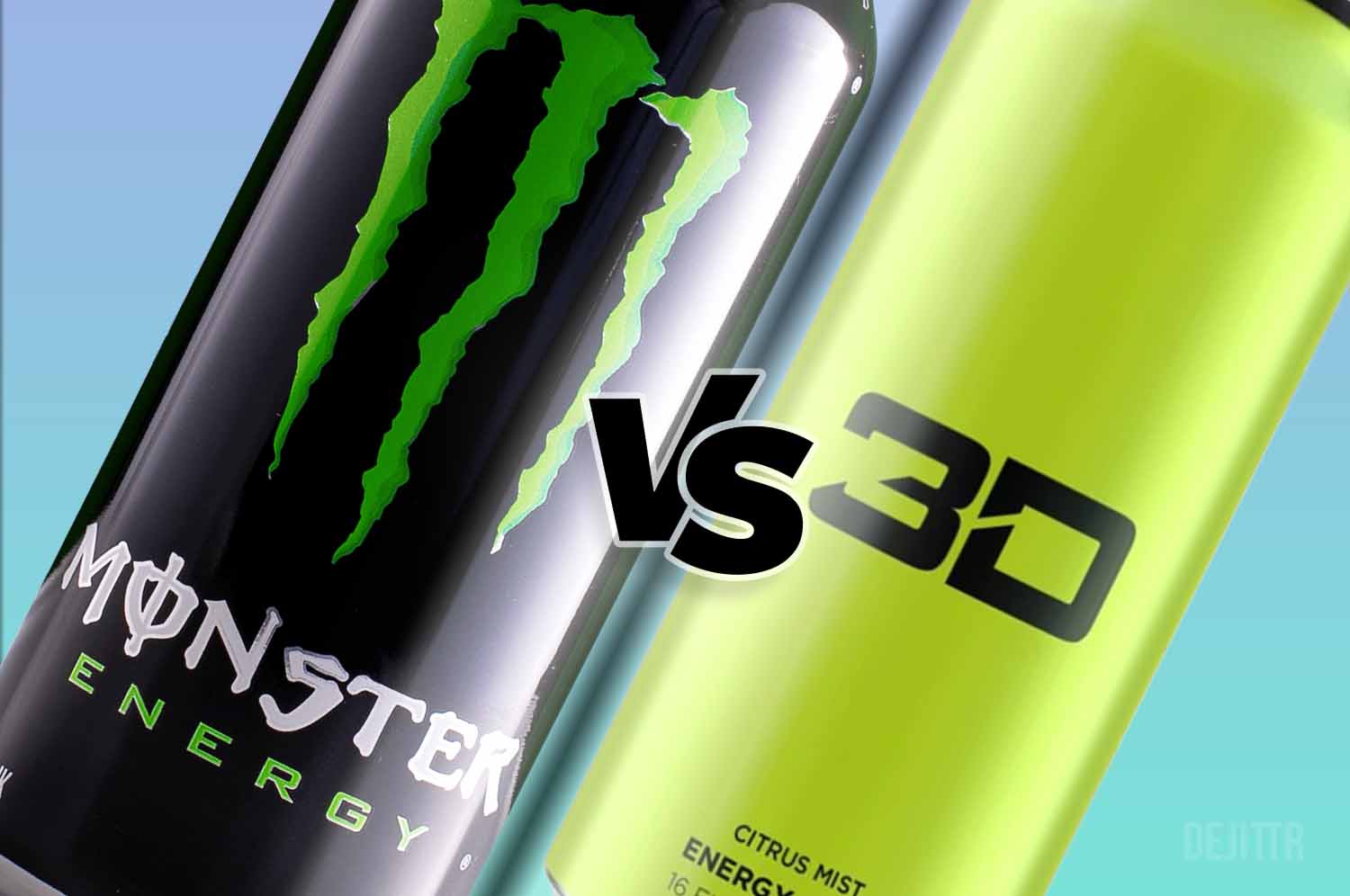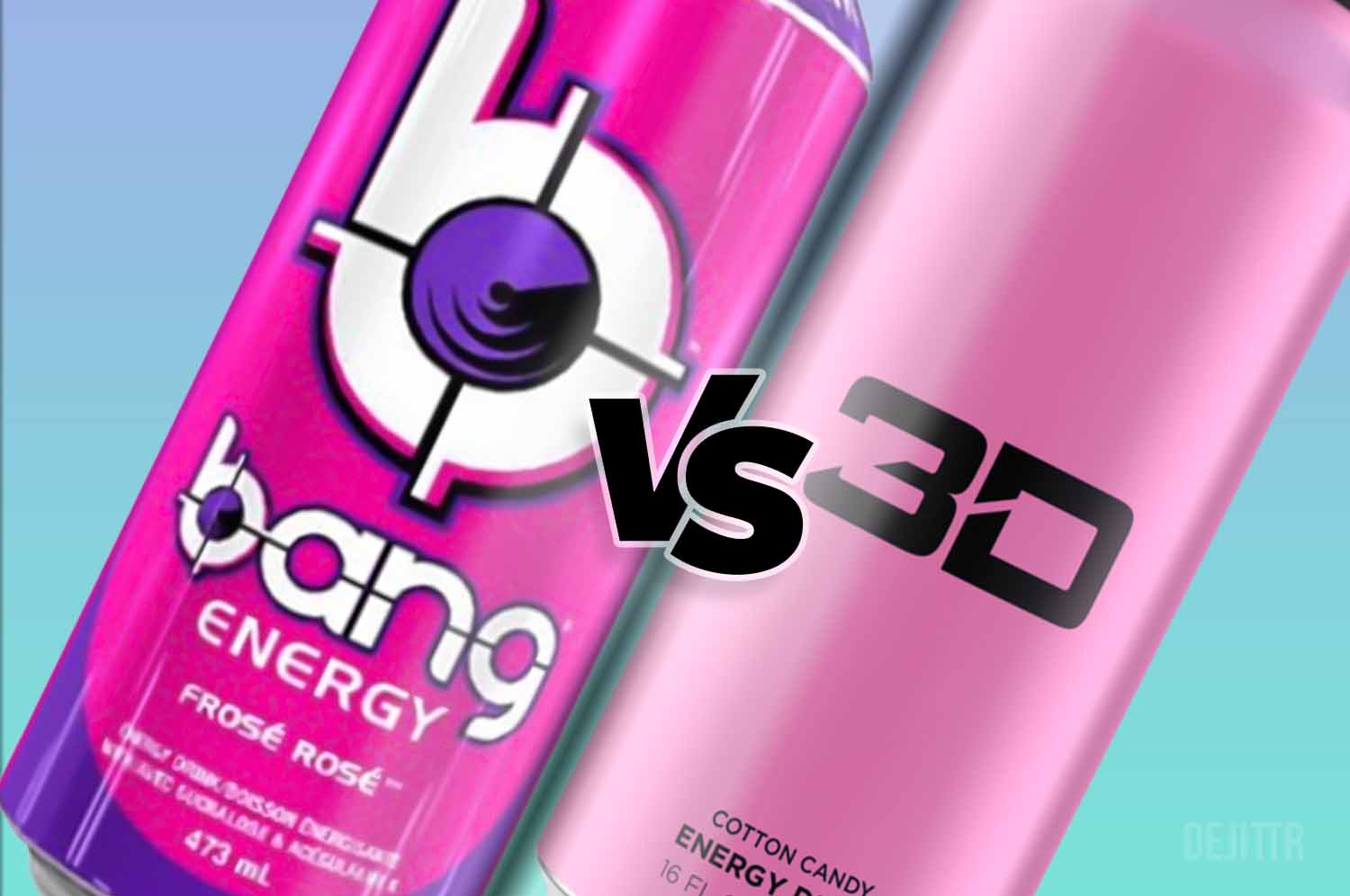Prime Hydration is a new sports drink that primarily focuses on rehydrating individuals who consume the drink. But what makes it different from plain old water? Let’s analyze!
Key Takeaways:
The main difference between Prime hydration and water is the ingredients. Water comprises plain H2O and trace amounts of electrolytes; however, prime hydration includes electrolytes, coconut water, BCAAs, and others – to help in rapid rehydration after intense physical activity.
Read on to learn about Prime Hydration and how it compares to plain old H2O.
Prime Hydration Water Contents
Being a hydration drink Prime Hydration contains water as one of the main components. However, it’s more than simple water because it includes coconut water, antioxidants, electrolytes, and more.
Let’s take a closer look at the ingredients in the Prime Hydration drink:
Coconut Water
The liquid inside a young, green coconut is known as coconut water. Coconut water is naturally sweet and refreshing, but it also contains several beneficial elements, including minerals that many people don’t consume in sufficient quantities.
Coconut water makes up roughly 10% of the Prime Hydration drink.
Coconut water is known to have 5x as much potassium as drinks like Gatorade. So if you suffer from muscular cramps, taking some potassium will help alleviate the pain.
Regular workout sessions can deplete your body of essential nutrients, but with coconut water as an ingredient in the sports drink, you can recover some of those nutrients.
BCAA (Branched Chain Amino Acids)
Besides coconut water, Prime Hydration contains special ingredients known as BCAA, which are branched-chain amino acids. BCAA is not so commonly noticed in drinks that don’t contain caffeine. But interestingly, Prime Hydration includes it as one of the ingredients.
In addition to preventing muscle breakdown, BCAAs also promote protein synthesis in muscle. When we talk about the “branched chain,” we’re referring to the molecular structure of the amino acids. For example, Valine, leucine, and isoleucine are together referred to as BCAAs.
Branched-chain amino acids are an effective fuel source during exercise and can prevent protein degradation. BCAAs will assist you in keeping your performance if you take them as an energy source before a workout.
Highly Recommended Read:
Lately, BCAAs seem to be on every label as a selling point, but are they essential for the body? Well, you’re in luck because we wrote an excellent resource demystifying BCAAs. When you’re done reading this article check out our article on What Are BCAAs, & Are They Worth the Hype? (8-minute read).
Electrolytes
Prime hydration is also powered by enough electrolytes – a necessary ingredient of a sports hydration drink.
Here’s a chart representing the nutrition facts of Prime Hydration:
| Calories | 20 |
| Total Carbohydrate | 4 g |
| Vitamin A | 900 mcg |
| Vitamin E | 15 mg |
| Zinc | 1.1 mg |
| Sodium | 10 mg |
| Potassium | 700 mg |
| Magnesium | 105 mg |
A mineral dissolved in bodily fluids and producing electrically charged ions is one of the simplest descriptions of an electrolyte.
Sodium, potassium, and calcium are some examples of possible minerals or electrolytes. Faster absorption of these vital minerals and nutrients sets sports drinks apart from regular water. The method of delivery also sets them apart from competing products.
You can learn more about why sports drinks include electrolytes (salts) in this guide.
When we’re severely dehydrated or exhausted, we need electrolytes, but we probably don’t need them while lounging around on the couch.
It is recommended that athletes preparing for long-distance events consume carbohydrate- and electrolyte-rich fluids both during and after their workouts and competitions.
Poor hydration can result in major performance declines, increased thermal stress, and rapid fatigue.
What Is The Difference Between Prime Hydration And Water?
When comparing water with Prime Hydration, it’s understandable that you’d be drinking tap or bottled water. And any form of tap water or bottled water will have trace amounts of electrolytes like potassium, sodium, calcium, and magnesium.
Here’s a key difference between prime hydration at a glance:
- Prime Hydration = Plain Water + (Other Ingredients like BCAAs, Electrolytes, and more)
- Water = Plain Water + (Trace Amounts Of Electrolytes)
Now the water does contain electrolytes, but you can’t expect to get a lot of electrolytes out of simple water.
Here’s a list of all ingredients present in a bottle of Prime Hydration:
- Filtered Water
- Zinc Aspartate
- Pyridoxine Hydrochloride (Vitamin B-6)
- Cyanocobalamin (Vitamin B-12)
- Dipotassium Phosphate
- Trimagnesium Citrate
- L-Leucine
- L-Valine
- Natural Flavor
- Sucralose
- L-Isoleucine
- D-Alpha Tocopheryl Acetate (Vitamin E)
- Gum Acacia
- Acesulfame Potassium
- Retinyl Palmitate (Vitamin A)
- Citric Acid
- Coconut Water from Concentrate
And here’s what you will find in water (tap water):
- Plain water (H2O)
- Copper
- Calcium
- Sodium
- Magnesium
- Iron
- Zinc
- Potassium
- Phosphorous
- Chlorine
- Fluoride
The water we get in our homes is not plain but contains several minerals in trace amounts (some of which are added, and some occur by nature).
So if we compare both water and Prime Hydration, there are a variety of ingredients present in Prime compared to water. That’s not to say that water isn’t sufficient; it is in normal cases.
Highly Recommended Read:
Have you ever noticed how good Starbucks water taste? Is the water from the tap, or is it filtered? We answer all these questions and more in our latest post: Why Does Starbucks Water Taste So Good?
But the thing is, after a strenuous workout, your body loses more than just water through sweat. So there’s a chance you’re low on electrolytes like sodium and potassium and may also be low on carbs.
So some people rely on sports drinks since water isn’t sufficient to supply those nutrients.
Electrolytes are essential for proper muscle function, and products like Prime Hydration are designed to replenish them after intense physical activity.
How To Know When Your Body Needs Prime Hydration Or Water?
Consuming a sports drink like Prime Hydration to replace fluids and electrolytes lost during exercise is recommended for those who engage in vigorous activity for more than an hour.
However, it is unnecessary for those who exercise for less than an hour at a mild to moderate intensity.
In general, the Centers for Disease Control and Prevention recommends drinking water instead rather than sports drinks when you need to rehydrate.
However, when you sweat a lot, it’s a good idea to replenish your body with a sports drink like Prime.
Athletes who perspire heavily, produce a lot of salty sweat, or engage in prolonged activity for more than an hour or two should consume a sports drink to restore their sodium levels.
Sports drinks may also benefit athletes competing in long competitions held in hot weather. Examples include marathons and tennis tournaments. They might also be useful for people who often wear bulky outfits, such as football players.
Runners who push themselves to run nonstop for at least an hour on a hot day may want to think about hydrating with a sports drink, especially if they expect to sweat a lot.
Moreover, they can also select energy drinks with carbs to restore depleted glycogen and electrolytes to replace those lost via sweating.
Check out our top recommendations for the healthiest energy drinks in this guide.


